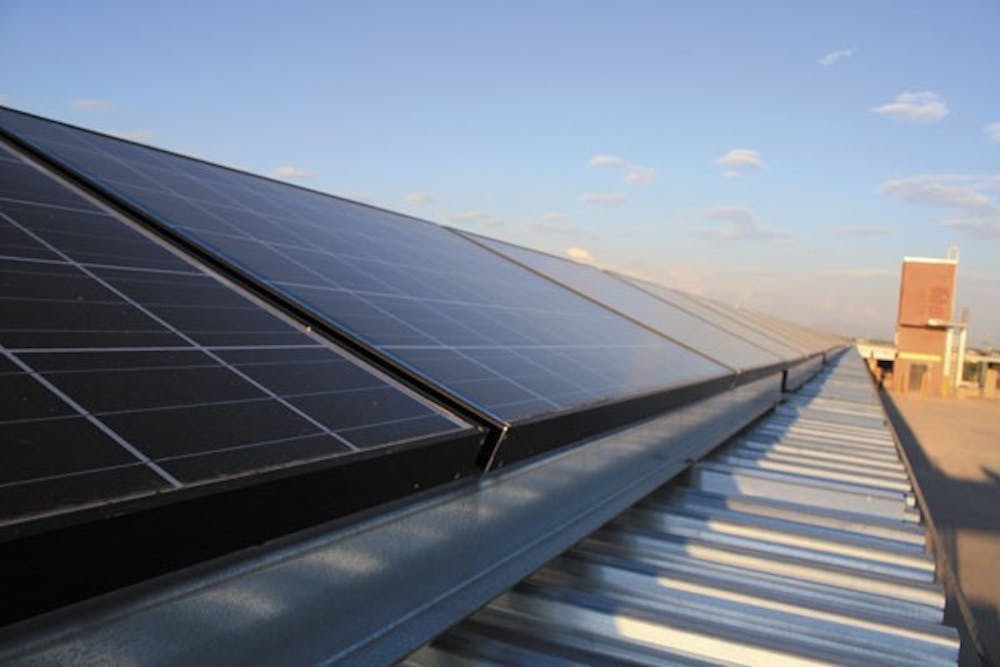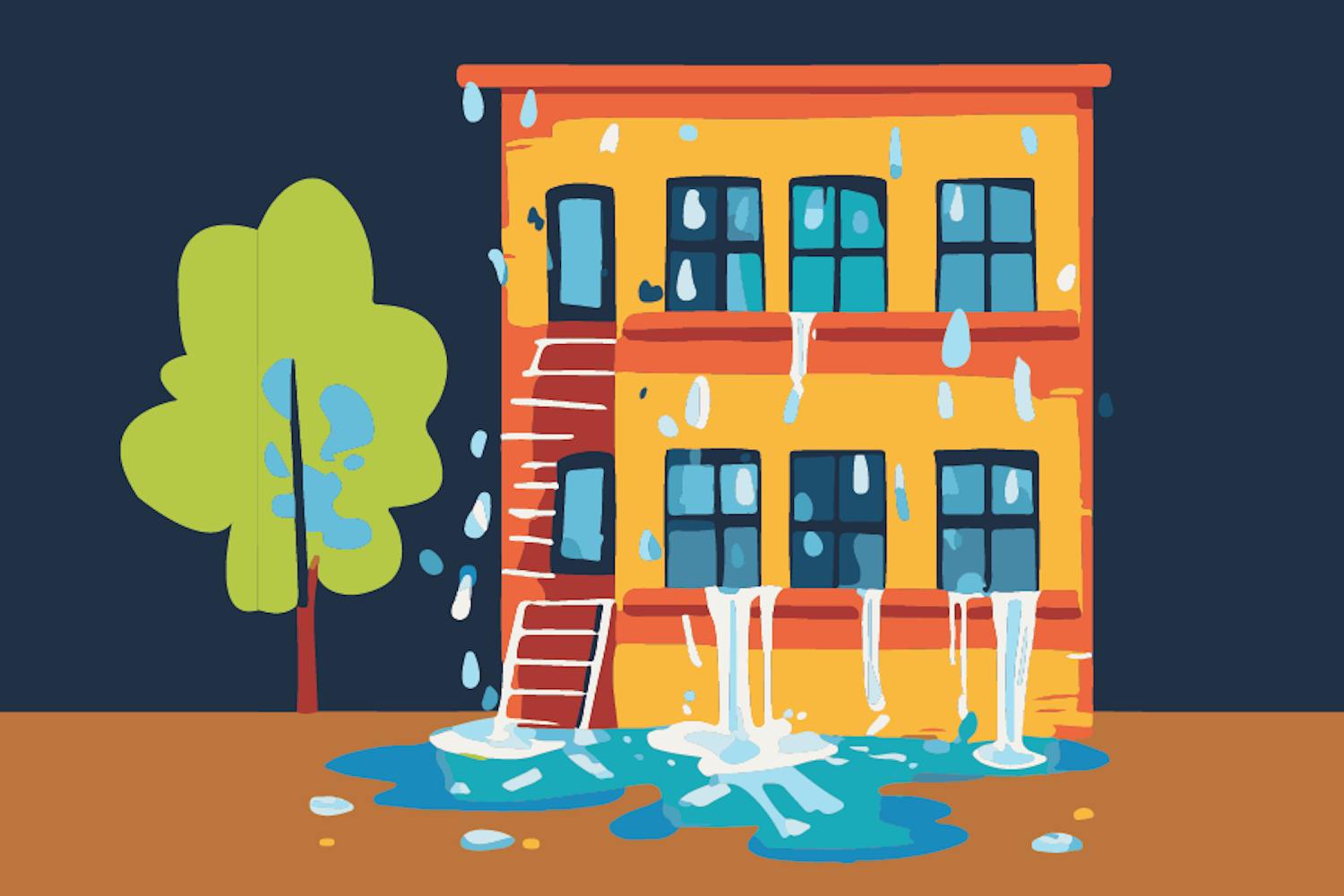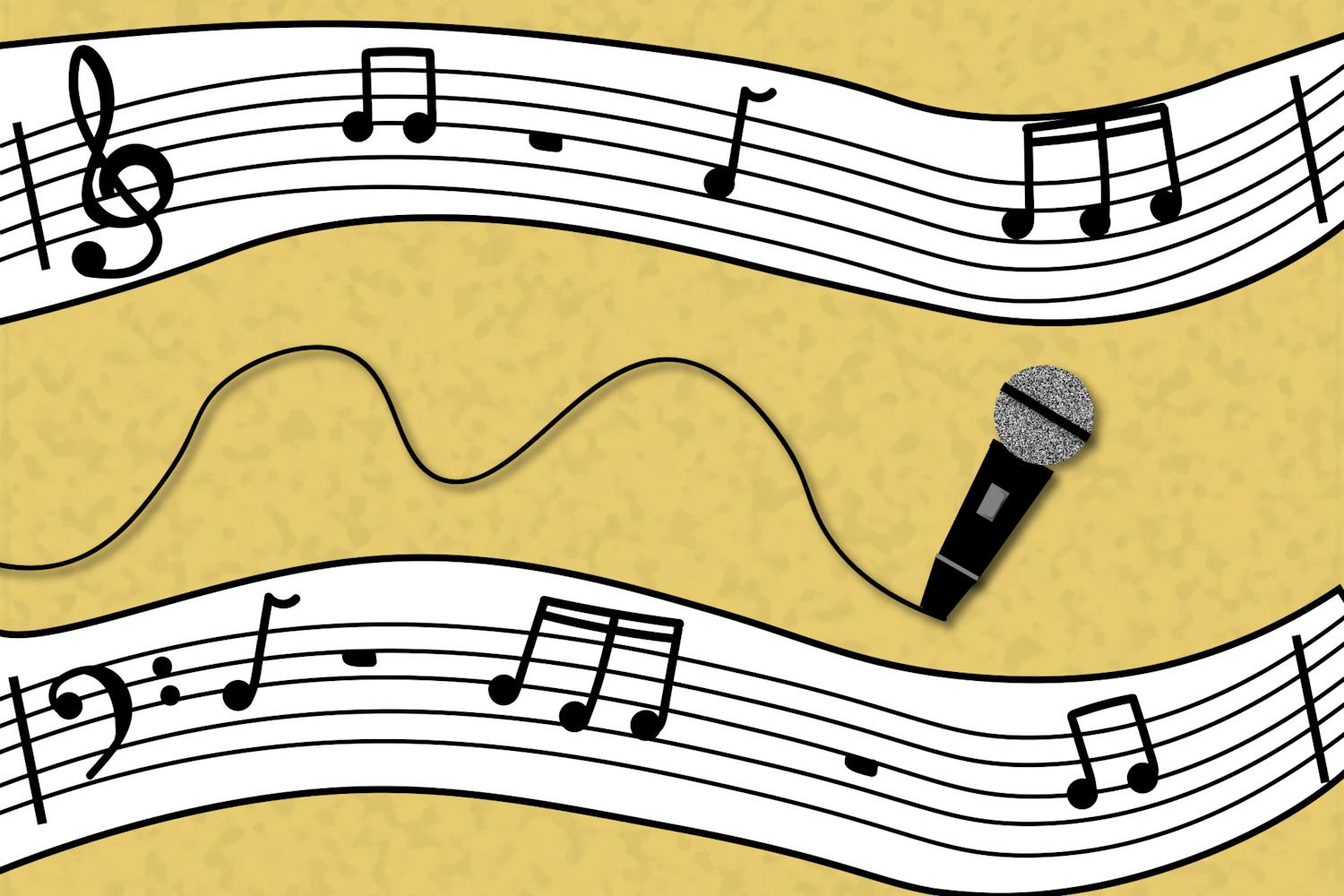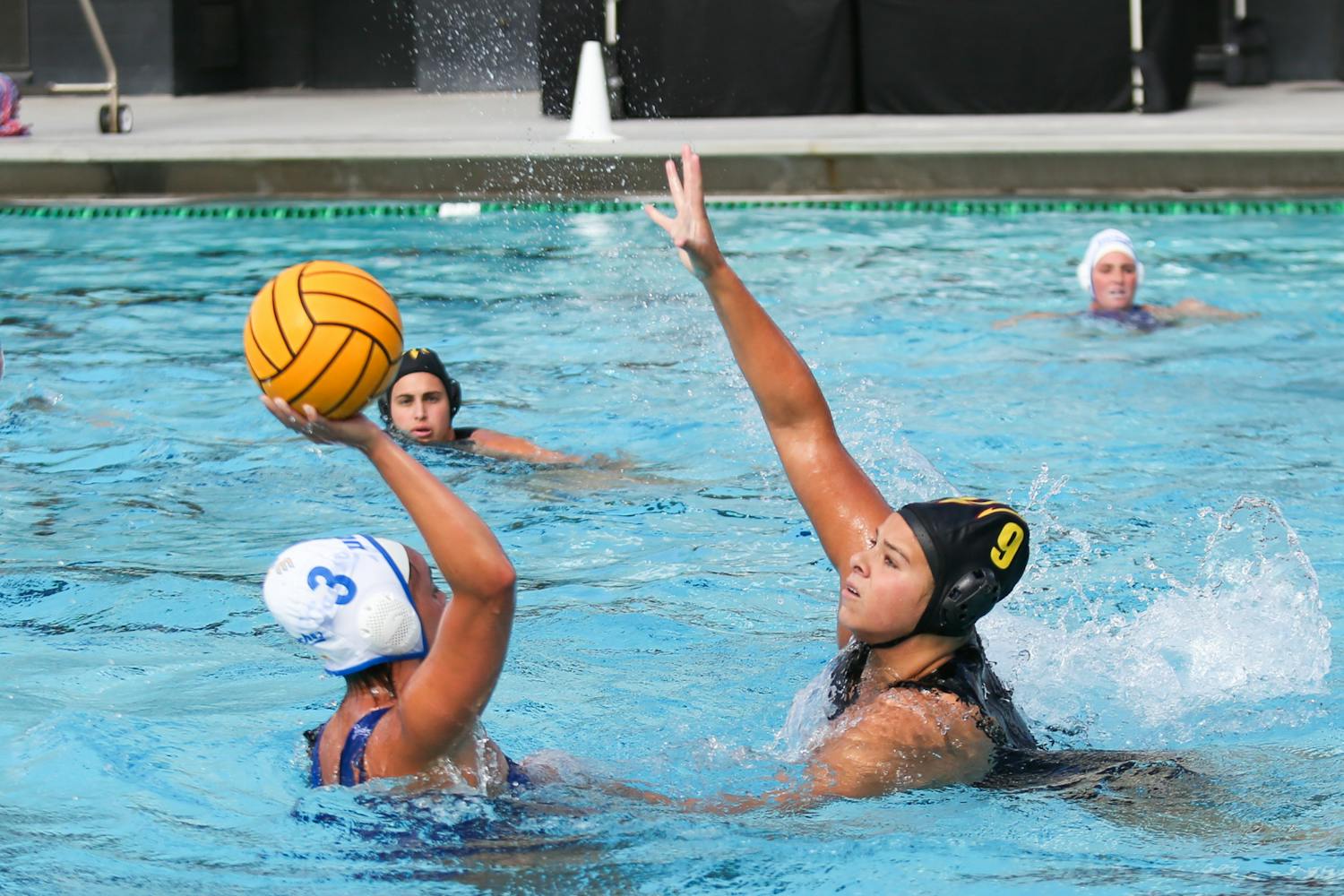 Monday night top ASU researchers showed off their work on ASU Discovers: New Perspectives on Research that aired on Eight, Arizona PBS. A portion of the segment discussed with Quantum Energy and Sustainable Solar Technologies ways to improve solar education and research. (Photo by Jessie Wardarski)
Monday night top ASU researchers showed off their work on ASU Discovers: New Perspectives on Research that aired on Eight, Arizona PBS. A portion of the segment discussed with Quantum Energy and Sustainable Solar Technologies ways to improve solar education and research. (Photo by Jessie Wardarski)Top ASU researchers displayed their work on the Eight, Arizona PBS program “ASU Discovers: New Perspectives on Research” Monday night.
Office of Knowledge Enterprise Development managing editor Diane Boudreau said research analysts’ spreadsheets indicate that ASU’s research enterprise has more than tripled during the past decade.
“I’m hoping (viewers) will learn that faculty and students are working to solve problems,” Boudreau said. “Scientists are looking at existing research in a new way.”
ASU grant funding was the fastest growing among universities from 2004 to 2009, according to a National Science Foundation survey.
Research expenditures increased from $123 million in 2002 to $385 million in 2012.
The program was broken up into three parts: a NASA bone-loss study, a program to promote solar energy and workshops and theatrical acts to promote healthy eating.
Eight, Arizona PBS spokeswoman Judy Crawford said the station often relies on ASU for expert resources and important educational information needed for public TV.
“The beauty of this show is it takes very complex topics and explains it in a video,” Crawford said. “It’s a way to illustrate to people what these projects mean.”
Researcher Ariel Anbar, a professor with the School of Earth and Space Exploration and the Department of Chemistry and Biochemistry, teamed up with NASA to develop an easier method for measuring calcium isotopes in urine to help detect bone loss.
The new procedure is more sensitive in detecting bone loss, gives faster results and is safer than a traditional X-ray, he said.
“We’re taking these tools used by geoscientists and using them to tackle medical problems,” he said.
Anbar said more than half of Americans 50 and older are susceptible to osteoporosis, a disease that weakens the bones.
“We’re dealing with diseases that kill people,” he said.
The program also features the Engineering Research Center for Quantum Energy and Sustainable Solar Technologies project that promotes the idea that solar energy can meet the world’s total demand for energy.
The new national project will pair ASU researchers with the center’s partner institutes to develop improvements in solar systems and energy devices.
The center will receive more than $18 million from the National Science Foundation and the Department of Energy in its first five years.
The center’s objective is to commercialize solar energy technology by improving energy-engineering education.
The show ended with a segment on diabetes in Arizona’s Latino community.
Assistant professor of the School of Theatre and Film Stephani Woodson said eating is “a joy” and should not be looked at negatively.
She said too many programs focus on what not to eat instead of showing people how to eat healthier.
“There’s a growing concern that health education is not addressing cultural needs,” Woodson said.
The program, Cook. Eat. Together., consists of workshops for college and high school students.
The workshops include public cooking demonstrations in places like the Tempe Campus Farmer’s Market.
“It’s about food that tastes wonderful but is still healthy,” Woodson said.
The program was a mix of theatrical performances, creative writing and cooking demonstrations.
Woodson said the program was a way to use story-telling and culturally specific ways of living to teach the Phoenix community about eating well.
Reach the reporter at amrami13@asu.edu




